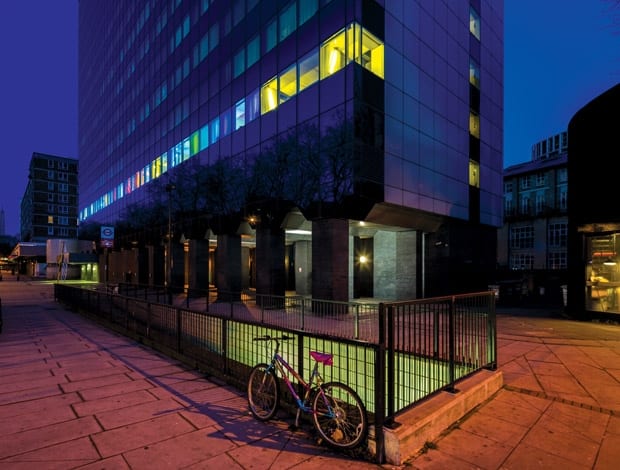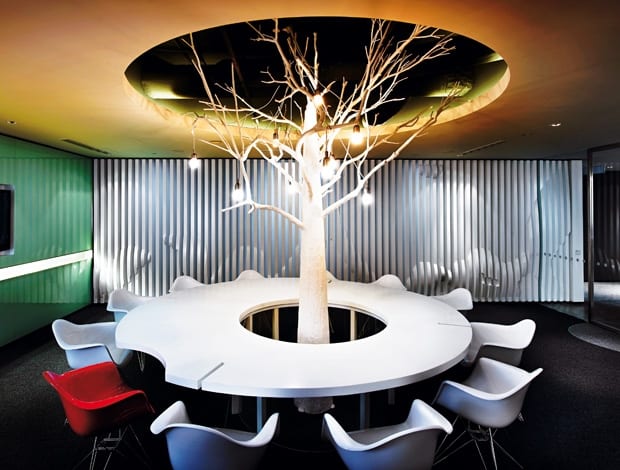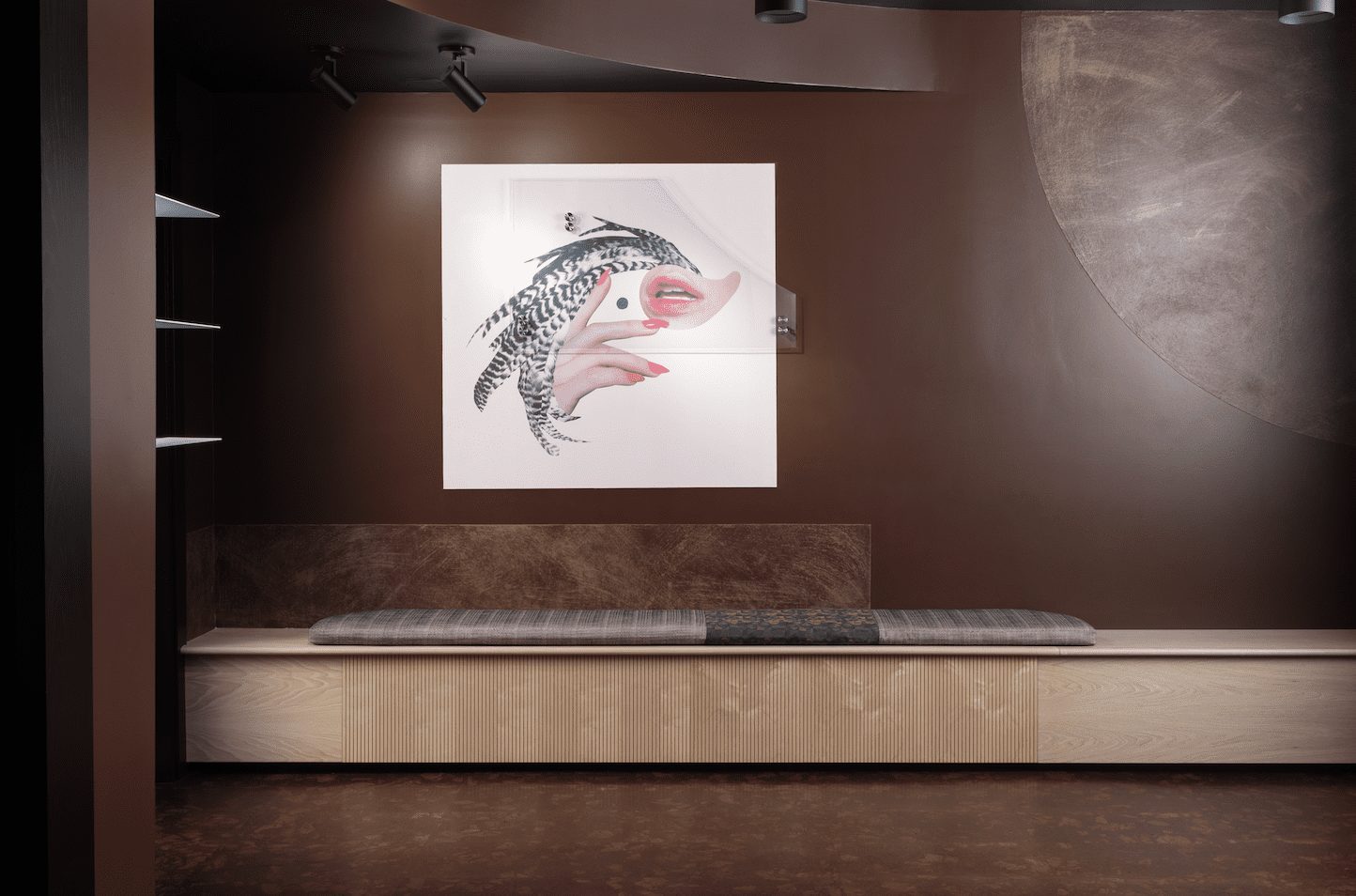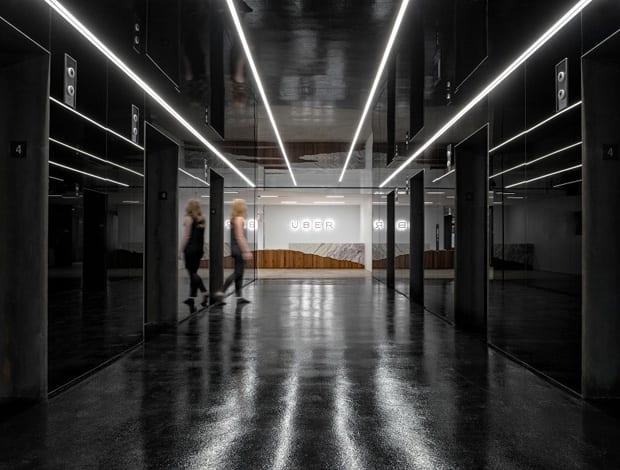 Edenspiekermann Berlin hosts weekly “Brainfood” presentations where staff and external speakers share their passion projects outside day-to-day work|||
Edenspiekermann Berlin hosts weekly “Brainfood” presentations where staff and external speakers share their passion projects outside day-to-day work|||
The creative industry doesn’t have a particularly stellar reputation when it comes to sustainable working practices, especially in the traditional agency world. The industry is rife with tales of late night pitches, non-existent weekends, despotic creative leaders and general chaos that brings to mind a flock of headless chickens. Unfortunately, this is often perceived as part and parcel of working in the creative industry – the price you pay to produce great work.
Bullsh*t. Consistently long hours doesn’t mean an employee is being more productive or that a manager is just pushing to get the best out of their team – it simply means that somewhere along the line, someone sucks at managing time. It belies all common sense that people produce their best work when they are tired or burnt out. The average human is productive for three – you read that correctly, three – hours per day. Yes, people need an environment where they can work hard, but the overwork, stress and burnout are the enemy of creativity, not factors that drive great work.
Why creating sustainable environments in the creative industry is hard
Let’s be clear, building sustainable habits in a creative agency is bloody tough. For starters, client deadlines in design and advertising are almost unequivocally unrealistic. Cornelius Client wants the work done by tomorrow morning so they have time to get their eight-year old daughter’s opinion on the font choice.
Second, is the unfortunate fact that good creative ideas almost always come at the most inopportune moments. They can strike when you are on the toilet. Or perhaps, they will come to you just as you are delivering the eulogy speech at a funeral, leading to an awkward moment of feverish scribbling in one’s notebook at the pulpit before returning to why Jimmy was a stand-up guy. Worst of all – and the very best ideas make an unfortunate habit of this – they strike the hour before a deadline which means starting all over again in a panicked scramble before you present to a client in 59 minutes. The creative process is infuriatingly messy, at least if you want to create great work.
Finally, and perhaps most challenging of all – the best people are always driven to keep going until something is perfect, even if it means working long hours.
How to create a sustainable – but still creative – work culture
With all this in mind, does one go about designing an environment that fosters better culture, and more sustainable practices? Over my career, I’ve been lucky enough to work at several agencies that prioritized sustainable culture, and there are several things they have in common.
To design a sustainable culture starts with clear directive from the top: Long hours are not welcome here. This is reinforced at company meetings, project planning and every other conceivable opportunity. At design agency Edenspiekermann, the Berlin office quite literally locks its doors everyday at 6.30PM. Unless you’re in upper management with access to the keys/alarm system, you have to leave. Much like a bar after last orders, there is literally a person that walks around and sweeps everyone out.
By setting these boundaries in the workplace, something magic happens: better planning. Teams are more realistic in their timeframes, and project managers push back to clients because they know that the available time is a finite resource. It’s amazing how afraid people are to sometimes say the word “no” to their client (myself included for many years).
Now, don’t get me wrong. Even with the best planning, creative people will always want to do work outside regular office hours. It’s in our nature, we love to make stuff. However, this should not be commercial work, but rather personal projects. Renowned graphic designer Paula Scher calls this type of work “serious play”, where designers push themselves to learn new skills outside their day-to-day work. These personal projects always have a positive impact on their day-to-day commercial work, whether directly or indirectly, and celebrating them is key. I’ve worked with designers with personal projects from watercolor paintings to travel hacking, building their own furniture to running cooking blogs. It doesn’t matter what it is, creative people need this headspace to grow via their own personal projects. Long hours fundamentally inhibit this growth.
At Edenspiekermann, these side hustles are celebrated in weekly company “Brainfood” presentations. Each Thursday, staff and external speakers share the passion projects they pursue outside the office. These happen over a breakfast, and are in many ways, the heart of the company culture. At other agencies I’ve worked at, events like company “learn to draw” nights helped force people’s minds away from “day-to-day” commercial work.
Designing a great creative culture isn’t about having a big fancy office, games rooms or ping pong tables, nap pods or lunchtime massages. By far the biggest step is creating a sustainable workplace if giving people the support, tools and encouragement to work normal hours. Give it a try, you might just be surprised.
Paul Woods’ book, How to do Great Work Without Being an Asshole, is available at laurenceking.com, RRP £12.99. Get 35% off using the code ONOFFICE































